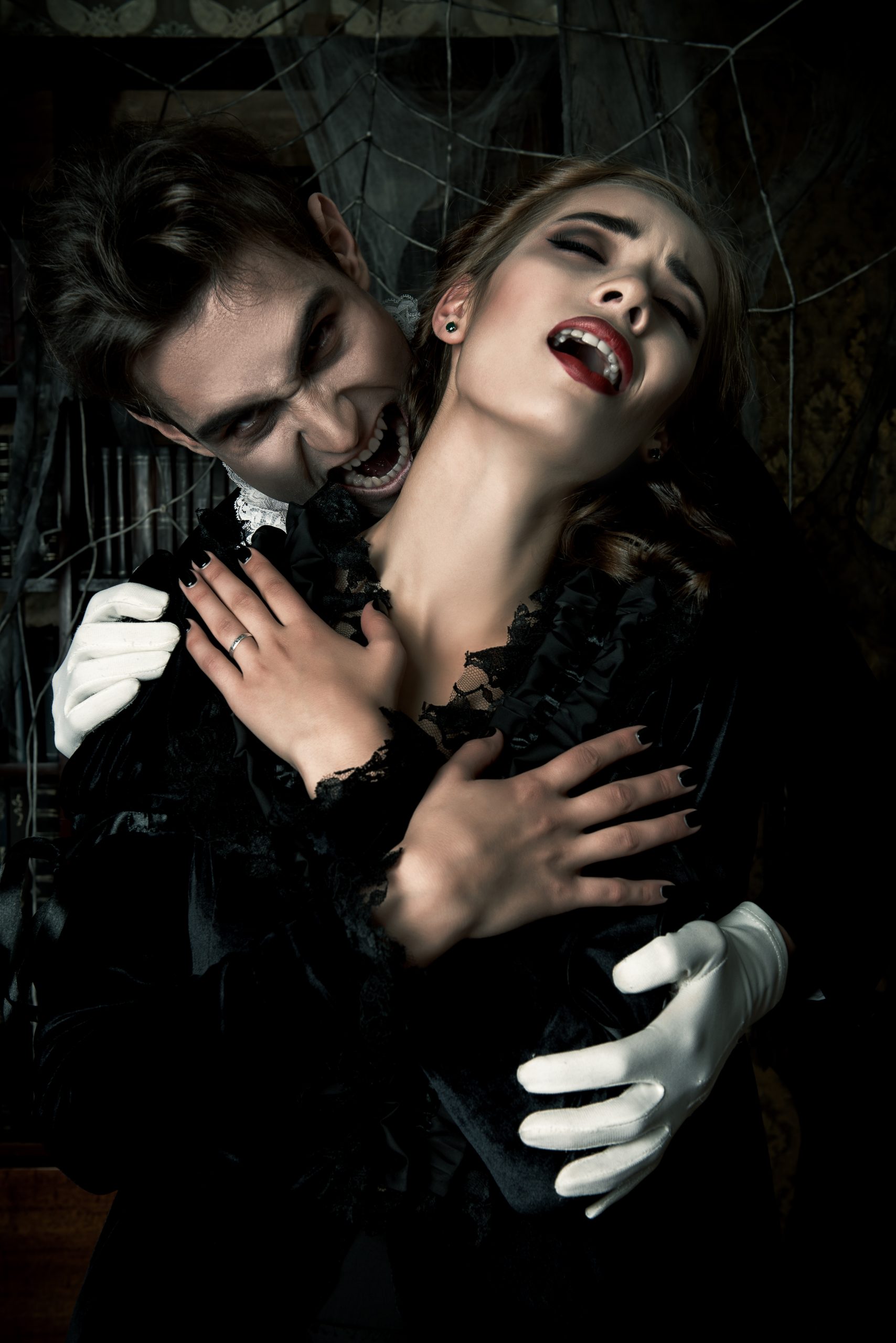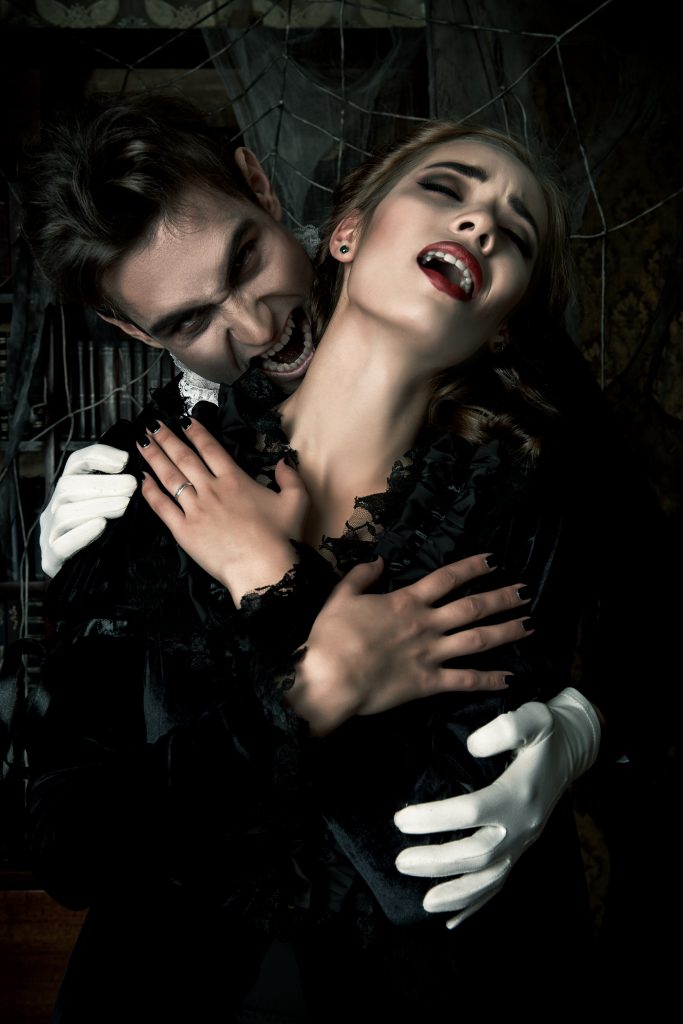

When we think of these blood-sucking citizens of the afterlife, most Americans and Europe think of the Exotic nobleman. The world-weary and tired who is looking for the next new thrill. However, their drug of choice, the blood of certain victims. These bloodthirsty creatures we have come to know as the Eastern European vampires. Depending on what you read, ninety percent of the time it is a female who must be dominated by this monster. But I digress from that part of the story. Due to the sexualized modern-day telling of these myths, legends, and yes even folklore one must look at the cold monsters of the ancient past.
Although every part of this grand world has its traditions of these blood-sucking demons, the Eastern European vampires captivate Western Literature. For instance, we all know that Count Dracula may have been inspired by the illustrious Vlad Tempus. The man who wrote it, Abraham “Bram“ Stoker (8 November 1847 – 20 April 1912) was an Irish author. He wrote the Gothic horror novel Dracula in 1897. But in the lands of Romania, and other Slavic countries he is a noble hero to the peasant population. They feared something worse.
History of the Eastern European Vampire
Back in the early 18th-century of Southeastern Europe, especially the land of what was called Transylvania. There was a cholera epidemic with mass hysteria, public executions, and victims being buried alive thus spurring on the legends. Village elders along with the local concerned religious leaders took a stand against the sickness. Ignorance became the norm. Vampires were born.
Well, what are Vampires you may ask? According to most reports, Vampires are specters of evil beings, suicide victims, or witches. And yes they can be created by evil spirits who prey on the living, which fleshed them into being undead creatures. Other potential victims were those who did not properly observe the burial ceremonies or kept the deceased’s possessions instead of properly destroying them.
In South Slavic folklore, a vampire was believed to pass through several distinct stages in its development. The first 40 days were considered decisive for the making of a vampire; it started out as an invisible shadow and then gradually gained strength from the lifeblood of the living, forming a (typically invisible) jelly-like, boneless mass, and eventually building up a human-like body nearly identical to the one the person had had in life. This development allowed the creature to ultimately leave its grave and begin a new life as a human. Let’s give them a name.
Known names of Vampires across the globe
Bohemia, (present day Czech Republic) “ogoljen” or “mura
Bulgaria, “kroviajc” or “vepi”
Croatia, “pljavica”
Romani, “Mullo”
Poland, “upjor” or “wieszczy”
Russia, “myertovets”
There were ways to kill the creature of the dark. The Russian way is the usage from the book which is drive a stake to the heart. While in Bohemia, one must bury the suspected corpse at the crossroads. Bulgaria believes that one must be chained to the grave with a garland of wild roses. The Polish upjor is buried with their head smothered in poppy seeds and blossoms. Finally, with the Croats, citizens would chop off the head of the demon and place the skull between its legs.
Now there are stories of the creatures, both male and female, having a strong sexual appetite. In some cases siring children. Known as Dhampirs, which if for the right money could be used to hunt or detect the nonliving brutes. But then again, I digress.
The point is, sometime in the night, you hear a knock at your door. You look out and see the guy you stiffed twenty dollars before he passed away. Do not open the Door!! He may be a Vampire.
